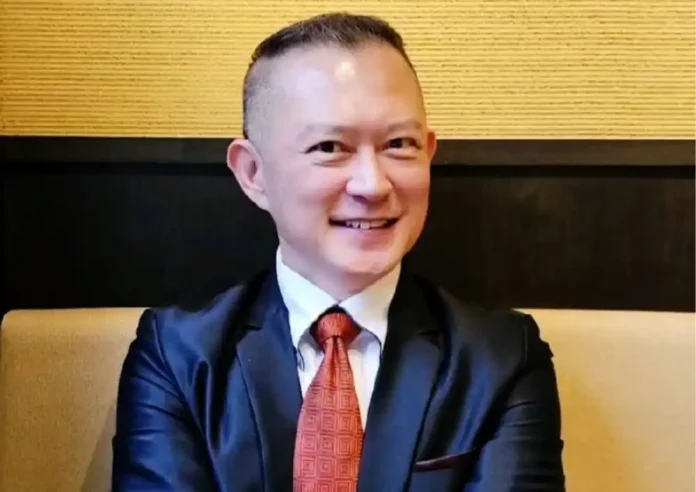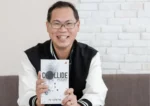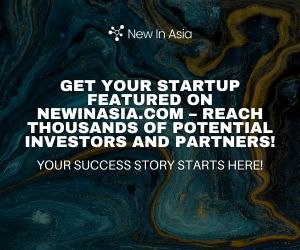Francis Goh has spent decades helping organizations navigate change — but if there’s one constant he’s learned to rely on, it’s this: adaptability starts with curiosity. “I’ve been in tech for over 30 years,” he told attendees at the Digital Leadership Summit 2025, “and what’s kept me going isn’t just knowledge — it’s the willingness…
RELATED ARTICLES
© NewInAsia.com 2025








